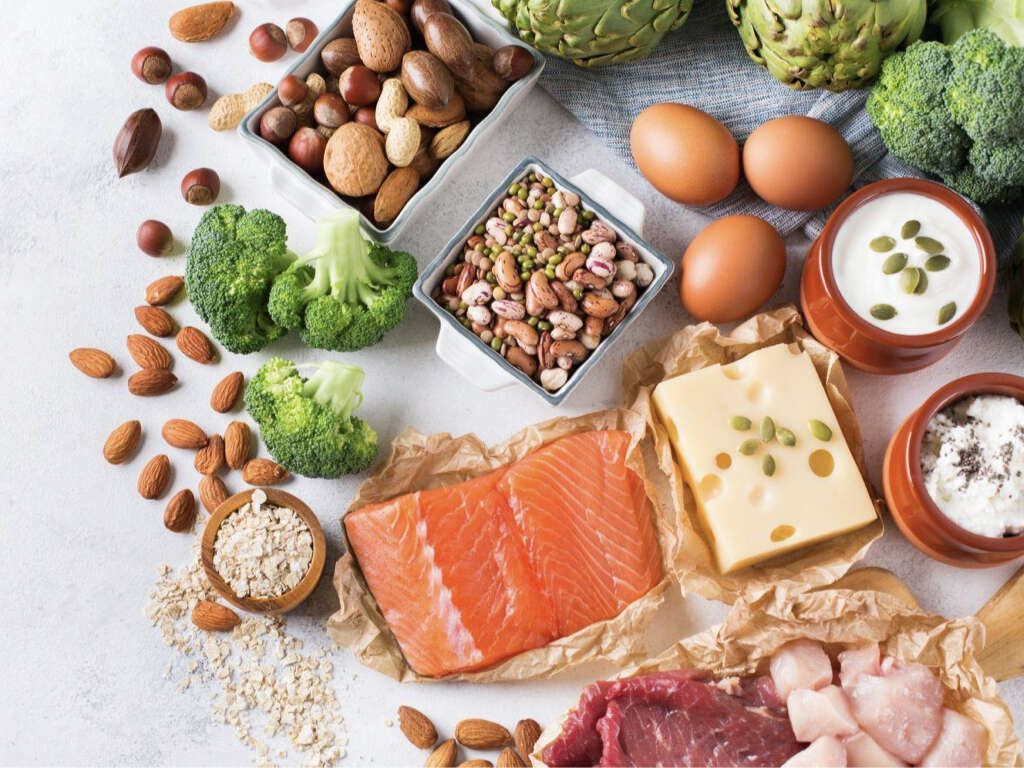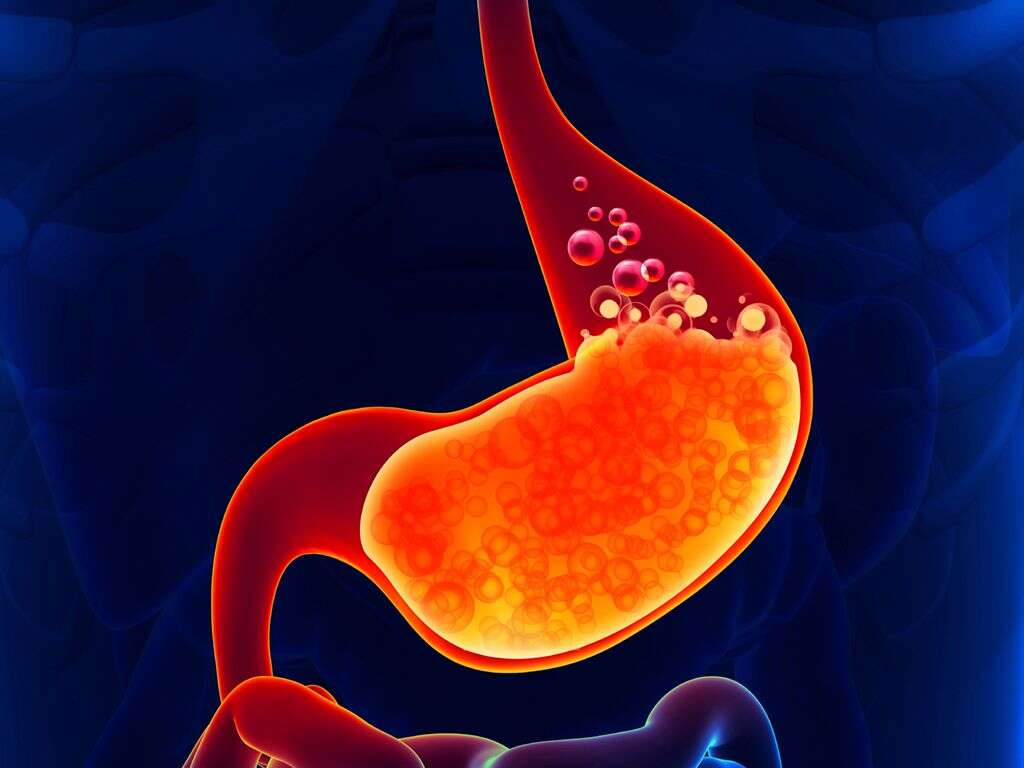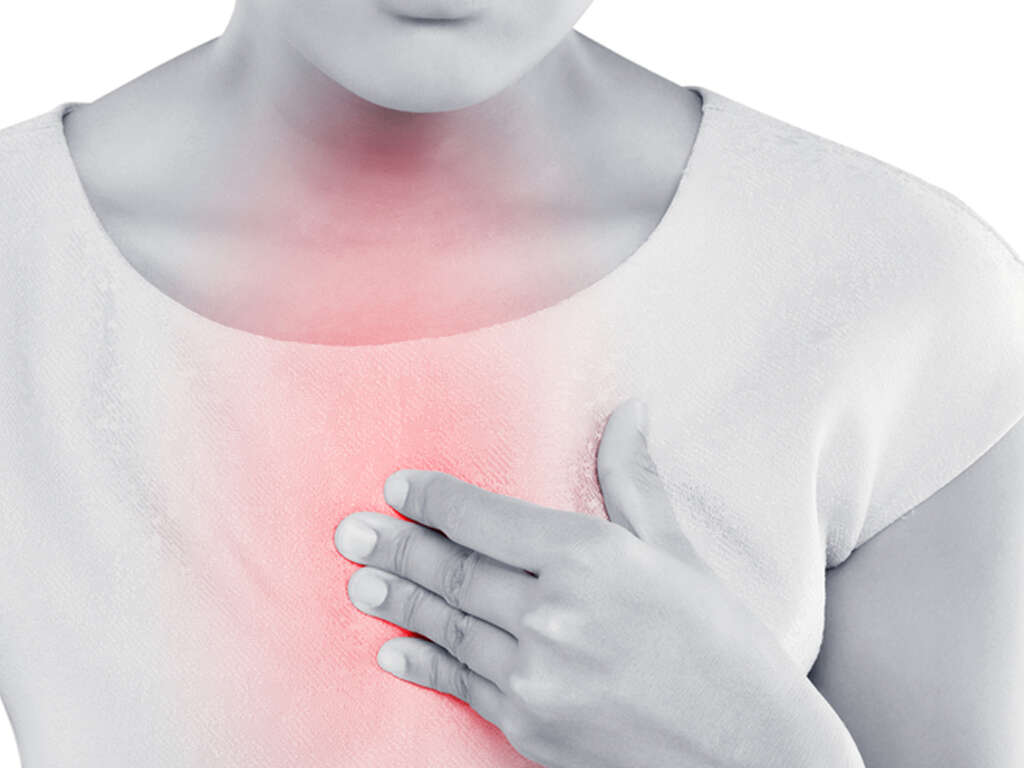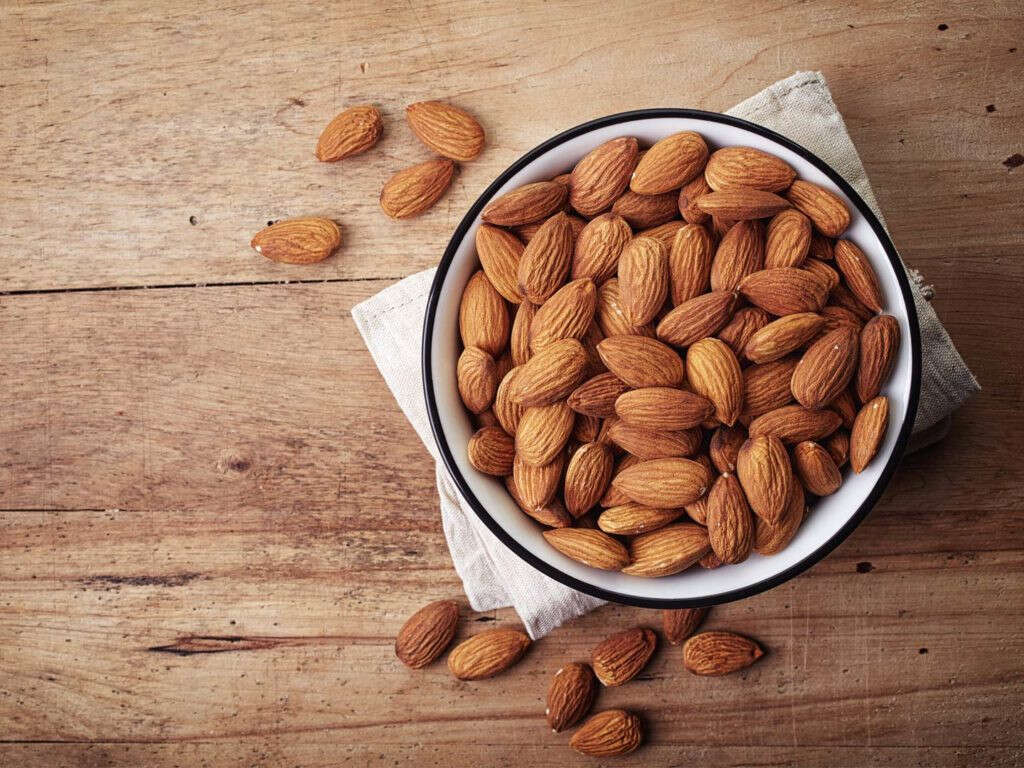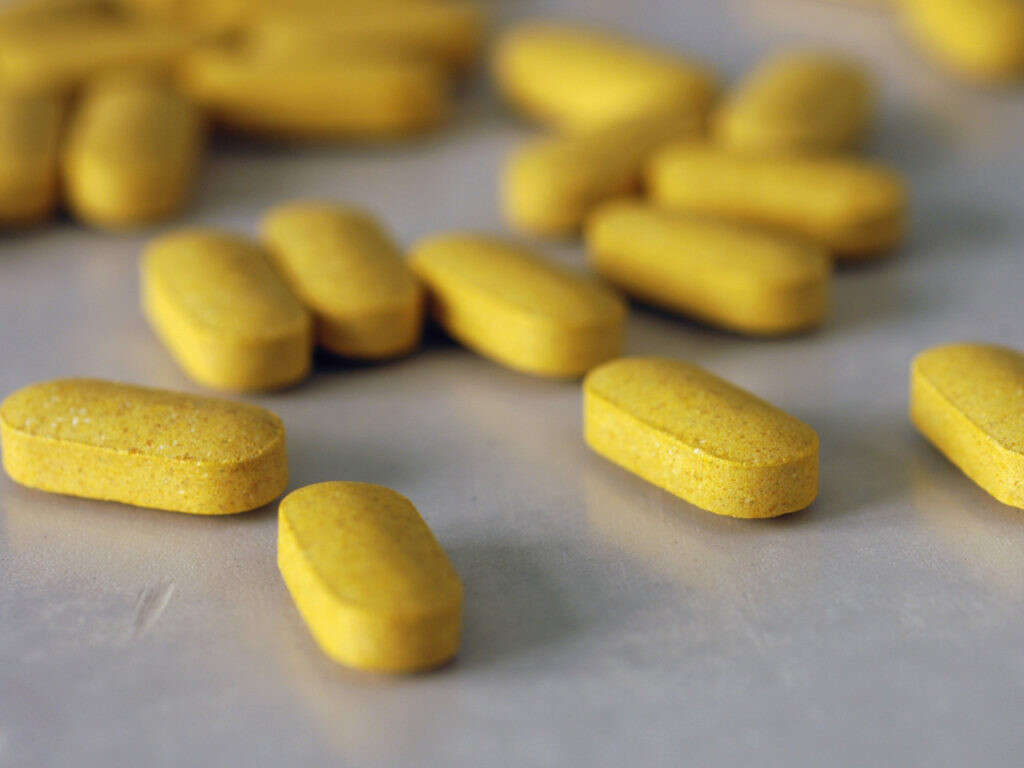10 Foods To Avoid for Acid Reflux
Acid reflux, which can be diagnosed as gastroesophageal reflux disease (GERD), is when stomach acid (gastric acid) flows backwards up the esophagus. Every year, approximately 20 million Americans experience acid reflux on a regular basis while 100 million suffer occasional symptoms.
Acid reflux can occur through relaxing the lower esophageal sphincter (LES), decreasing LES pressure, decreasing gastric acid pH and/or increasing acid production/secretion. Symptoms of acid reflux include heartburn, nausea, and discomfort in the esophagus. Avoiding or limiting certain trigger foods can help alleviate symptoms.
Acid Reflux Food To Avoid #1: Fried Food
Fried food is hard for our bodies to digest. They are heavy on the stomach and full of fats that noticeably slow down the digestive process. While the top offenders are french fries and fried chicken strips, all fried foods can contribute to the problem, especially deep-fried foods. Fried vegetables are still considered fried foods.
The high fat content resulting in delayed gastric emptying leading to increased pressure on the sphincter. As pressure builds up, the likelihood of acid going back up the esophagus and throat increases. Studies show that overtime, fried foods are worse than simply fatty foods because they can weaken the LES. Instead of frying foods, try to bake them for a higher nutritive value.
Acid Reflux Food To Avoid #2: Caffeine
Caffeine is used to kickstart the day or even keep you going as the day wears on. However, limiting caffeine intake can help improve acid reflux. Caffeine has been shown to impair LES closing, thereby allowing stomach contents to backflow into the esophagus and throat. As acid goes back into the esophagus, it begins to burn and irritate the protective lining, resulting in inflammation and is often felt as heartburn.
Common sources of caffeine are coffee, tea, soda, and energy drinks. The average 8 oz cup of black coffee contains 95 to 165 mg of caffeine1https://www.healthline.com/health/gerd/coffee-tea#tea. Switching to decaffeinated versions of these beverages may help, with the exception of peppermint or spearmint herbal teas, as we will later discuss.

Acid Reflux Food To Avoid #3: Alcohol
It is best to avoid alcohol all together. Our bodies respond to alcohol by stimulating acid production and secretion in the stomach. Fermented alcohols such as wine and beer seem to be more problematic.
As alcohol consumption increases gastric acid, it also causes the LES muscle to relax. The purpose of sphincters is to prevent reflux. However, if the muscle is relaxed, it cannot properly stop acid from going the wrong way through the gastrointestinal tract. The recommendation is to cut out alcohol from your diet as much as possible to reduce symptoms of GERD and acid reflux.
Acid Reflux Food To Avoid #4: Peppermint/Spearmint
For many, the first instinct when experiencing indigestion and stomach pain is to grab some mint. However, while mints can help with gas and bloating, when it comes to acid reflux, you are out of luck. The carminatives peppermint and spearmint may actually lower LES pressure. When pain is higher up the digestive tract than indigestion, GERD symptoms such as heartburn worsen as acid begins to pour back into the esophagus.
An alternative way of avoiding the negative effects of peppermint and spearmint candy is to chew a flavored gum. Gum chewing stimulates the secretion of saliva and other digestive juices that can help with gas and indigestion without triggering acid reflux2https://www.everydayhealth.com/digestive-health/the-power-of-peppermint.aspx.
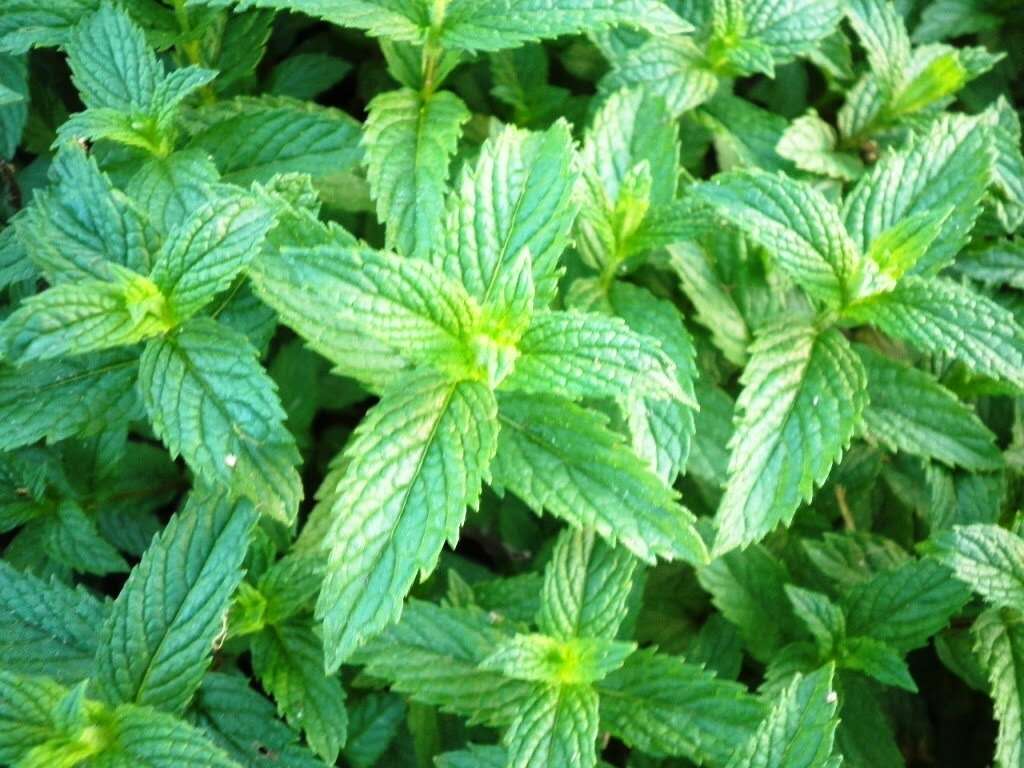
Acid Reflux Food To Avoid #5: Chocolate
Unfortunately for all the chocolate lovers, chocolate is one of the most commonly listed trigger foods for acid reflux. This is because chocolate contains caffeine, serotonin and theobromine. Theobromine works similar to caffeine when it comes to triggering GERD.
The cocoa in chocolate helps relax the esophageal sphincter through a surge of serotonin. As the sphincter muscle relaxes, the acidic nature of the cocoa further causes an increase in stomach acid. Since the problem with chocolate seems to come from the cocoa, white chocolate is your best bet. Try to stick with small servings to avoid symptoms.
Acid Reflux Food To Avoid #6: Tobacco
Smoking is associated with an increase in acid reflux through decreased LES pressure and increased gastric acid secretion. The nicotine in tobacco is responsible for relaxing the lower esophageal sphincter, allowing stomach acid to go back into the esophagus. Smoking also interacts with medication to prevent certain drugs from lower overnight acid secretion.
A research study done on comparing tobacco usage to acid reflux incidence showed that all smokers have a lower LES pressure than non-smokers. Habitually smoking creates a cycle of increased reflux that reduces LES pressure resulting in a further increase in acid reflux3https://www.ncbi.nlm.nih.gov/pmc/articles/PMC1378332/. Unfortunately, tobacco worsens the condition and makes it difficult to effectively treat.

Acid Reflux Food To Avoid #7: Spicy Foods
Spicy foods provide a kick of flavor which is fun for the mouth, but that kick can come back again as acid reflux. While not everyone experiences heartburn as a result of having spicy food, capsaicin increases the possibility of acid reflux. Much like the other foods on this list, spicy food worsens the burning sensation of acid reflux that can come after a meal.
Consider taking the spices down a notch at home and ordering less spicy versions when eating out. Less spicy does not mean you have to start eating bland foods. There are other flavors besides the heat of capsaicin that can excite your tongue without the pain.
Acid Reflux Food To Avoid #8: High-Fat Meals
Fatty foods can increase symptoms through delaying gastric emptying. In other words, the longer time needed to digest fast results in an increase in reflux. Although foods high in fat do not inherently weaken the lower esophageal sphincter, they do cause acid reflux.
When it comes to fat, avoiding saturated and trans-fats is the best approach. Healthier fats such as omega-3 found in salmon are generally not going to trigger acid reflux the same way. However, large high-fat meals multiple times throughout the day can cause reflux. Balancing out some good fats with low acid fruits and vegetables in smaller meals has shown to help.
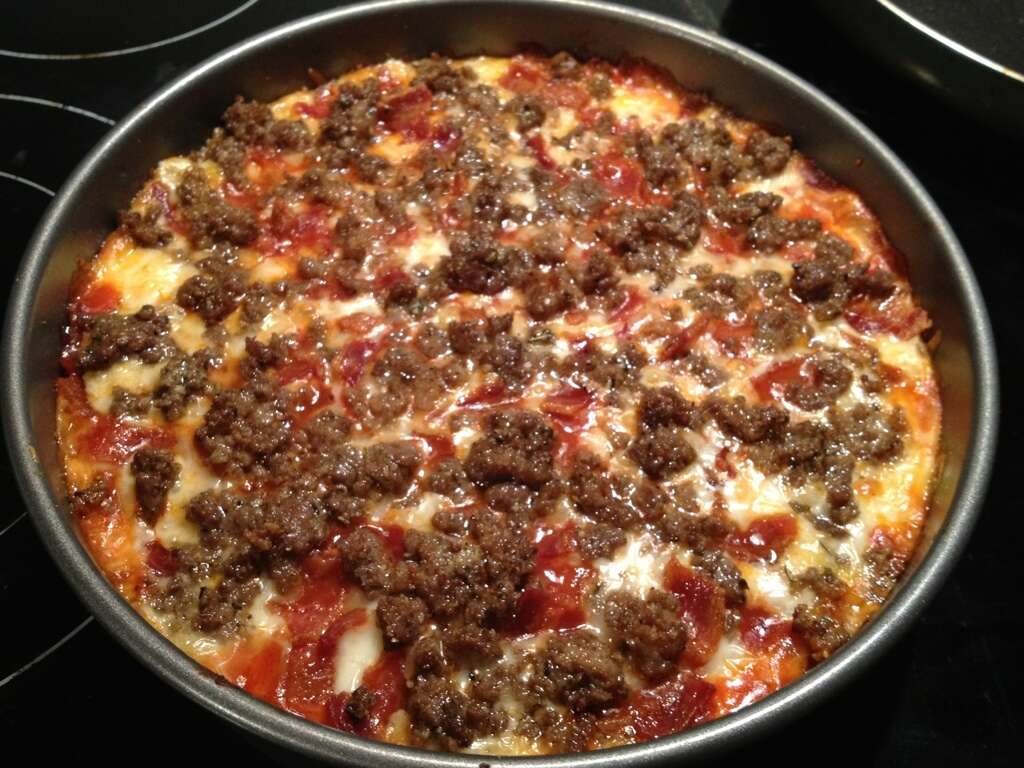
Acid Reflux Food To Avoid #9: Citrus Fruits
Citrus fruits such as grapefruits, oranges, lemons, and limes, are highly acidic. Although the acidity of food will not reduce the function of the gastrointestinal tract, there in an increased chance of experiencing acid reflux4https://www.livestrong.com/article/34374-foods-eat-gerd-patients/. When the esophagus is already inflamed, foods with an acidic pH cause additional pain and discomfort.
It is best not to eat citrus fruits on an empty stomach as the acid in the fruit will directly meet with the stomach acid and reduce the pH. Try replacing citrus fruits with less acidic fruits. For example, some of the least acidic fruits are cantaloupe, bananas, watermelon, and figs.
Acid Reflux Food To Avoid #10: Tomatoes
Tomatoes, while full of nutrients, are also acidic. Inevitably, more acid leads to a greater chance for acid reflux. When eating tomatoes, the acid can irritate and inflame the throat and esophagus on the way down to the stomach. Once in the stomach, the acid then contributes to lower stomach acid pH and increasing the gastric content.
One approach to help with eating highly acidic foods is to neutralize them by mixing with less acidic counterparts. For example, adding nonfat or almond milk to a tomato sauce will reduce the acidity of the sauce while still tasting delicious.




